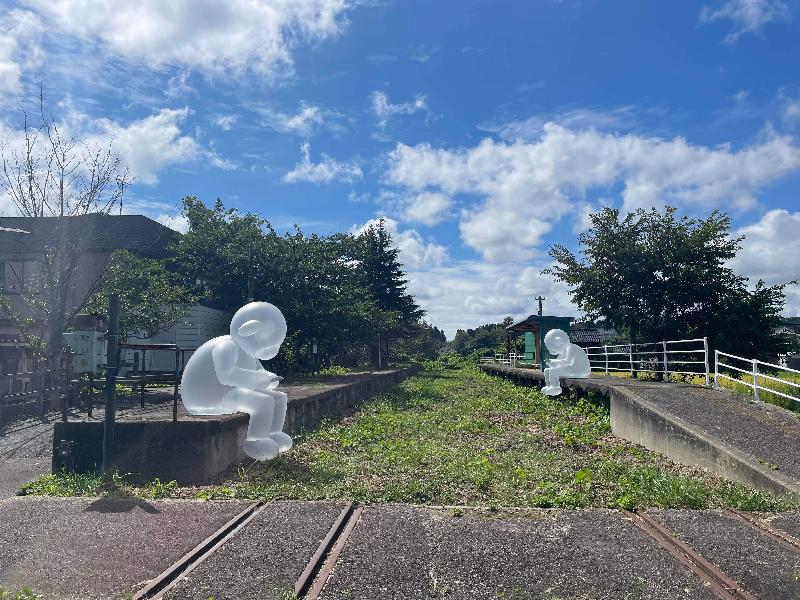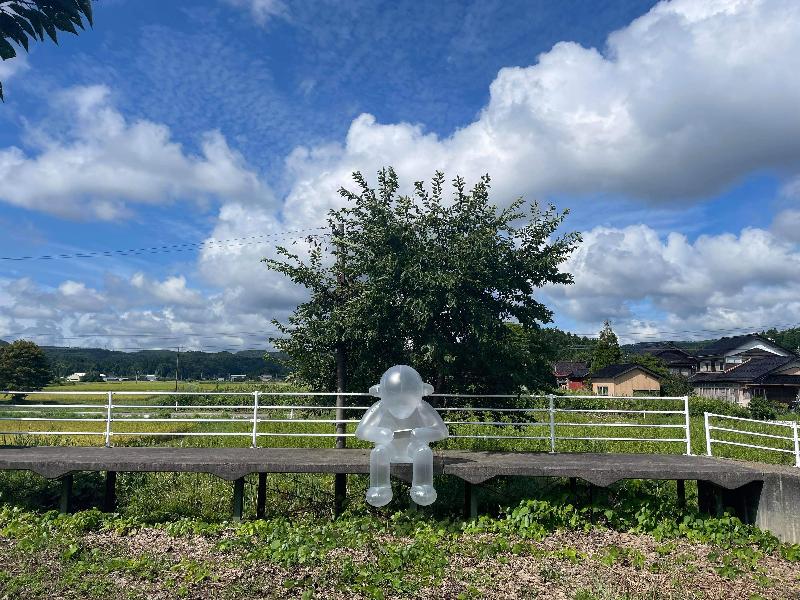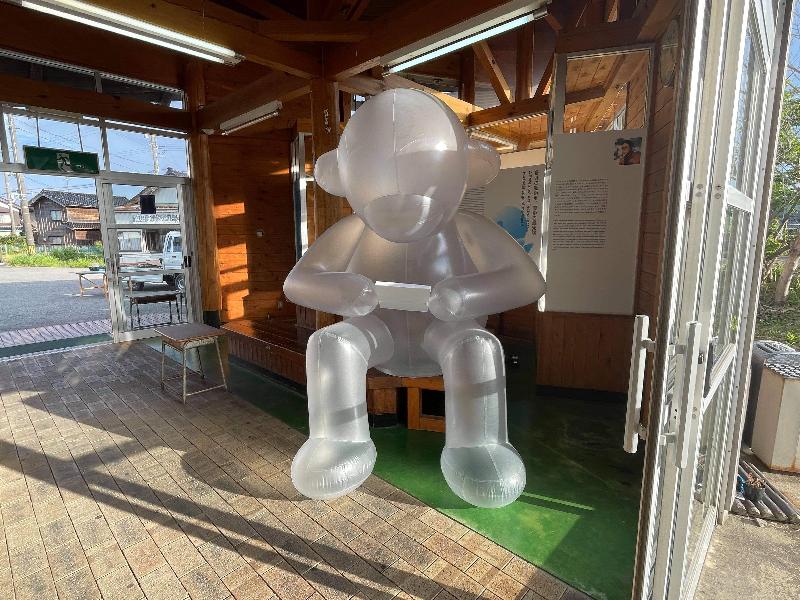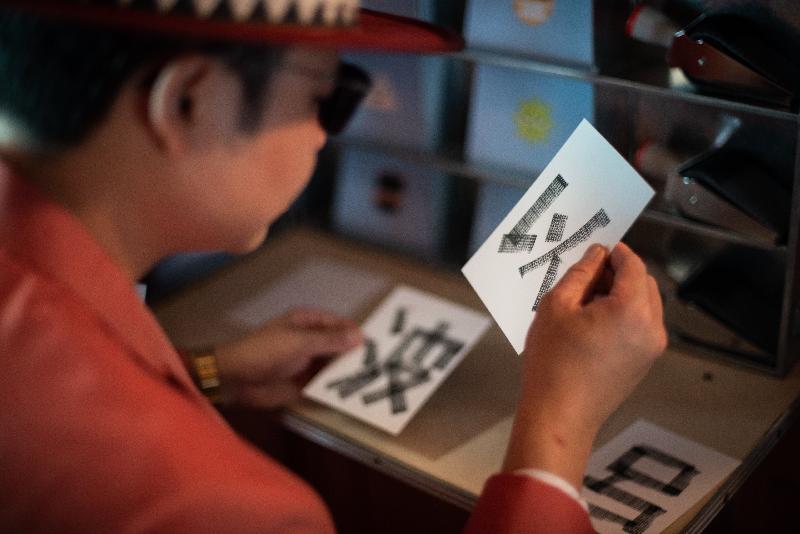Artwork by Hong Kong artist on display at former railway station in Japan (with photos)
Presented by the Leisure and Cultural Services Department (LCSD) and in collaboration with the Oku-Noto Triennale Executive Committee, Station by the Sea at Oku-Noto Triennale – Residence and Exhibition Programme started on September 4 and will run until October 24 in the city of Suzu on the Noto Peninsula in Japan. Artwork by Hong Kong artist Dylan Kwok has been selected to be displayed at the former Ukai Station in Suzu, Ishikawa Prefecture, in the hope of reconnecting people who have been separated for a long time through the power of art.
The Oku-Noto Triennale is frequently referred to as the most remote arts festival. Due to Suzu's remote location and its population having shifted to other urban areas, the number of passengers taking the Noto railway connecting the central and northern parts of the peninsula kept on decreasing, resulting in a shutdown of train services in 2005. Thanks to the Triennale, this remote city, which became difficult to access due to the discontinued railway services, was reborn.
With support from the Oku-Noto Triennale Executive Committee, the Art Promotion Office (APO) launched a programme and chose the former Ukai Station among several abandoned stations along the Noto Line to be the location for Hong Kong artists' creation. From over 70 proposals received, artist Dylan Kwok was selected to participate in the programme.
Kwok developed his artwork with the former railway to state his own observations and questions about the world. The installation features three giant monkeys sitting inside and outside the former Ukai Station, and their posture reminds one of salarymen in old times reading the newspaper while waiting for the next train at the station and people nowadays bowing their heads and gazing at their smartphones. This familiar scenario leads viewers to reflect on whether the Internet has brought about connectivity in the world or on the contrary has widened the gap between people. Each day during the exhibition period, Kwok will send a kanji postcard he made from Hong Kong to the former Ukai Station for display on the window and will post a picture of the kanji postcard onto his social media platform, thereby connecting people apart through a mix of virtual and physical communication. The odd kanji characters may present different meanings under different eras and linguistic contexts. The artist invites the audience to feel the warmth of handwritten postcards, which are a means of communication different from smartphone messages.
​ Station by the Sea at Oku-Noto Triennale – Residence and Exhibition Programme is presented by the LCSD and organised by the APO, in collaboration with the Oku-Noto Triennale Executive Committee. For details of the programme, please visit the website of the APO at www.lcsd.gov.hk/CE/Museum/APO/en_US/web/apo/stationbythesea.html, the Facebook page at www.facebook.com/apo.stationbythesea, the Instagram page at www.instagram.com/apo.stationbythesea, the "arTHere" Facebook page at www.facebook.com/apo.arTHere and the Weibo account weibo.com/u/7505282494, or call 2512 3000.




